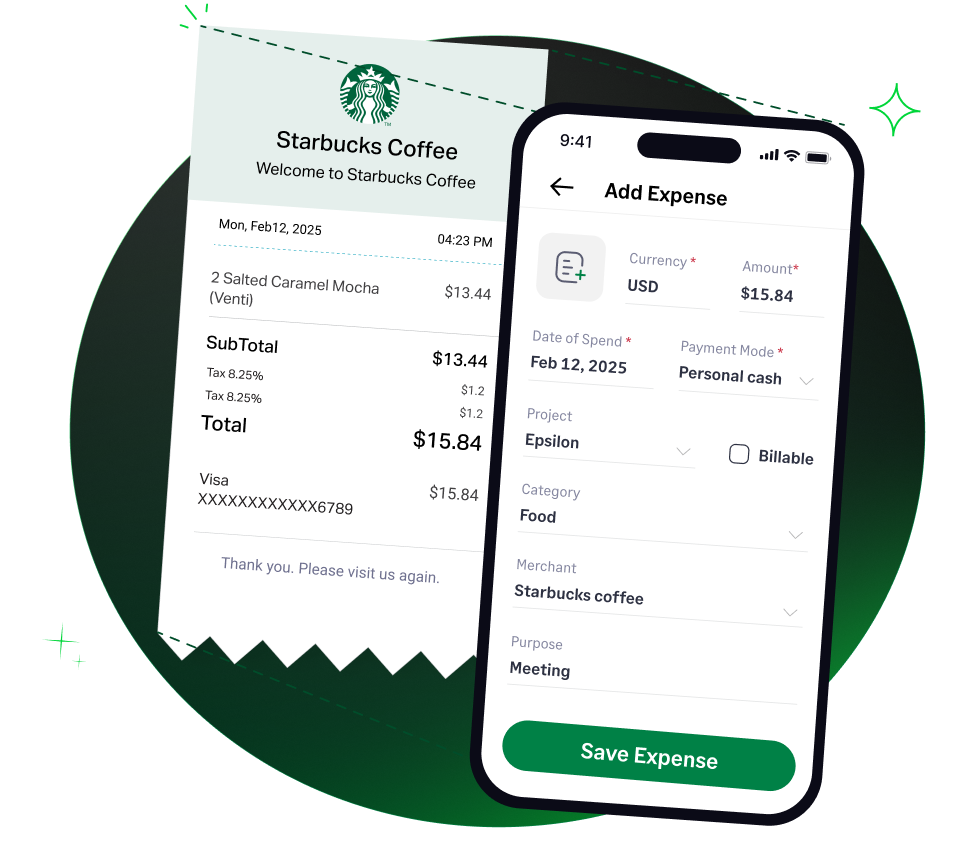✨ Exciting news: Fyle is now part of the Sage family! Learn more in our press announcement >
 4.6/51670+ reviews
4.6/51670+ reviewsFor a church or religious organization, facilitating tithes and offerings is a fundamental administrative and spiritual practice. The costs associated with this process—from printing custom offering envelopes to providing supplies for donation tracking—are a necessary and routine part of operations.
For church administrators and treasurers, it is essential to categorize these expenses correctly. They are not a program expense but rather a cost of raising the funds that support the ministry. This guide will clarify how to classify these costs according to standard accounting principles to ensure your church's financial reporting is accurate and transparent.
The costs you incur for offering envelopes and other giving-related supplies are an ordinary and necessary operating expense. For financial and tax reporting purposes (on the Form 990), these costs are generally categorized as a fundraising expense.
This classification is based on the principle that these materials are used for the specific purpose of soliciting and collecting contributions.
While the provided IRS documents for for-profit businesses discuss general supplies, for a nonprofit, the function of the supply is key. Because these items are directly tied to the act of fundraising, they are allocated to that functional category.
The most critical factor is distinguishing between supplies used for fundraising and those used for general administrative tasks.
If a supply is used for multiple purposes (e.g., a ream of paper used to print both internal memos and donation slips), its cost should be reasonably allocated between administrative and fundraising functions. However, for items like offering envelopes that have a single, clear purpose, the cost is 100% a fundraising expense.
Properly accounting for these supplies is essential for your church's financial statements and its annual IRS reporting.
For organizations that file a Form 990, the cost of offering envelopes and giving supplies is reported in Part IX (Statement of Functional Expenses).
These costs are included on a line such as Line 24, Other expenses, and must be allocated to Column (D), Fundraising expenses. This accurate reporting is crucial for calculating your organization's fundraising efficiency ratio.
You must have documentary evidence to substantiate these expenses. Your records should include:
Fyle helps your administrative staff capture and organize all your fundraising-related supply costs, ensuring every expense is documented and allocated correctly.




